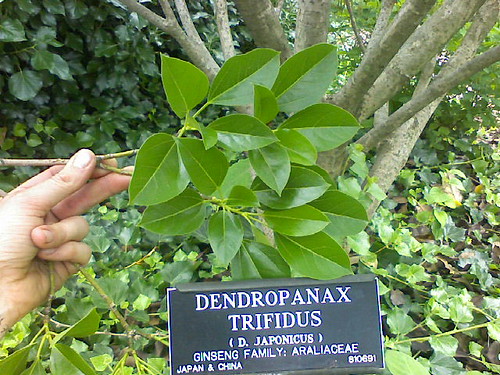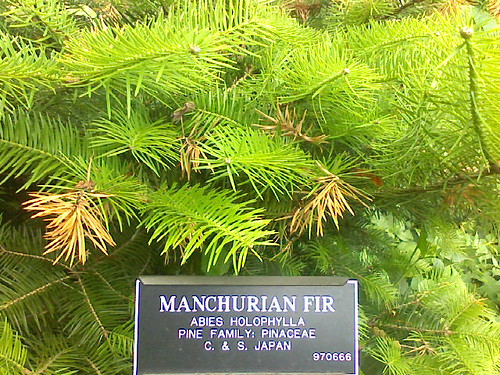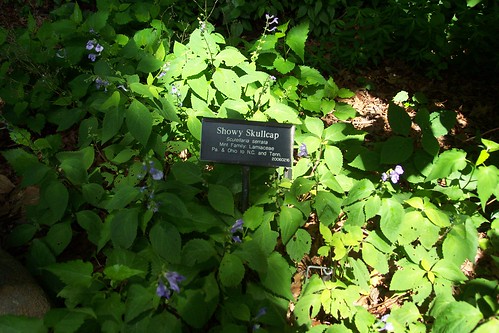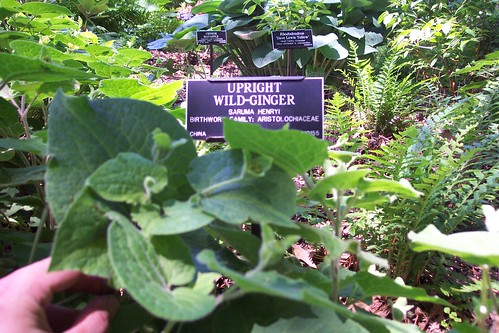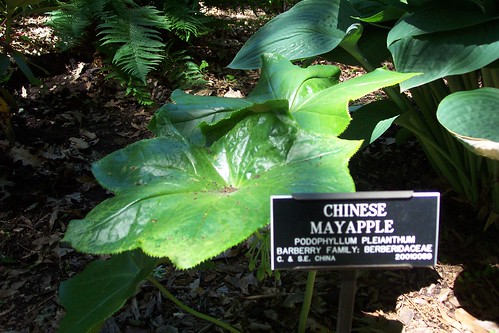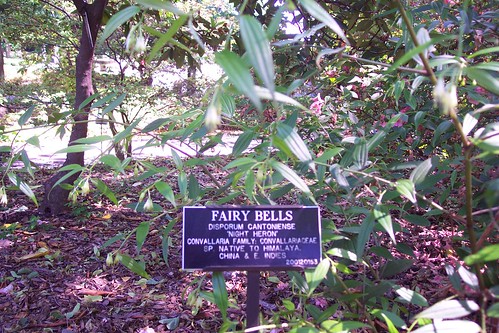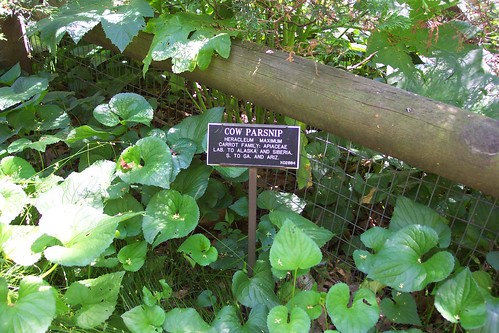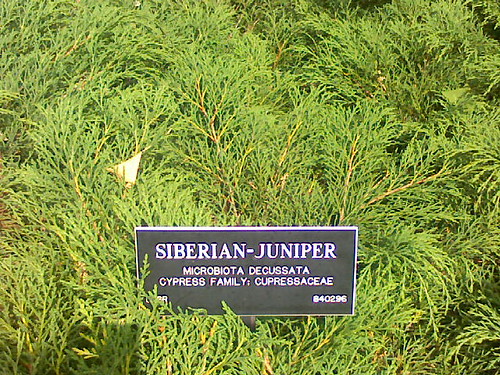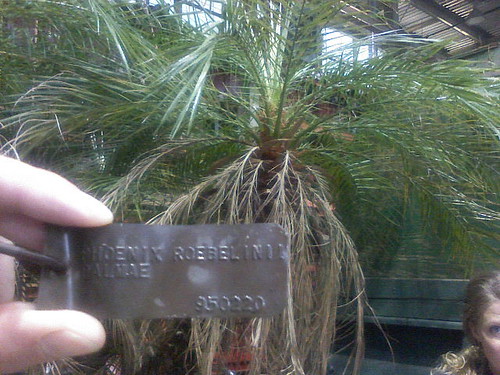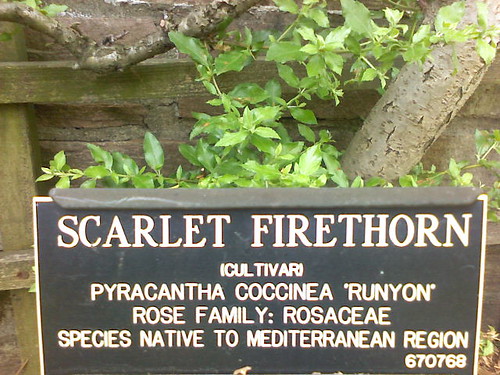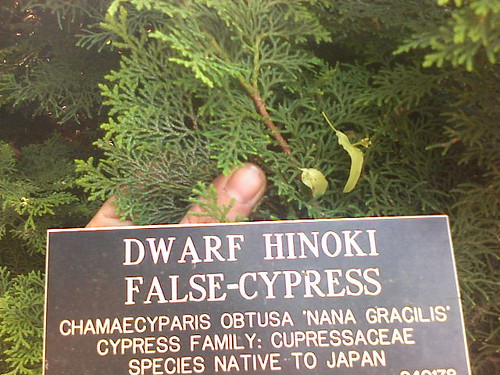Ginseng family.
Thursday, June 14, 2007
Monday, June 11, 2007
Showy Skullcap (Scutellaria Serrata)
Scutellaria is a genus of about 300 species of plants commonly known as skullcaps. The genus is widespread in temperate regions and on tropical mountains.
Most are annual or perennial herbaceous plants from 5 cm to 1 m tall, but a few are subshrubs; some are aquatic. They have four-angled stems and opposite leaves. The flowers have upper and lower lips. The genus is most easily recognized by the typical shield on the calyx that has also prompted its common name.
Podophyllum delavayi (Chinese mayapple)
Podophyllum delavayi (Chinese mayapple) is a plant native to Asia that is rarely cultivated. It is a member of the Podophyllum genus. The remarkable mottled foliage is extremely desirable in suitable areas. The deep red flowers that appear in May (hence the name mayapple) are attractive as well. Requires a fair amount of shade
Fairy Bells (Disporum Cantonense)
Disporum is a genus of perenniel flowering plants in the family Liliaceae
Cow Parsnip or Pushki (Heracleum maximum)
The Cow Parsnip or Pushki (Heracleum maximum) is the only member of the Hogweed genus native to North America. Its classification has caused some difficulty, with recent authoritative sources referring to it variously as Heracleum maximum or Heracleum lanatum , as H. linatum, or as either a subspecies, H. sphondylium subsp. montanum, or a variety, H. sphondylium var. linatum, of the Common Hogweed (H. sphondylium). The classification given here follows ITIS.
The Cow Parsnip is found from coast to coast in North America; in the continental United States, it is absent only from the south eastern states, from Texas eastward. In the west it can be found as far north as Alaska and most of Canada. It can be found at altitudes of up to 2500 metres. Overall, it is an abundant plant and not a conservation concern, but in some localities it is becoming rarer; it is listed as endangered in Kentucky, whereas in the west it is sometimes regarded as an invasive weed.
The Cow Parsnip is a tall herb, reaching to heights of over 2 metres. It has the characteristic flower umbels of the carrot family (Apiaceae), about 20cm across; these may be flat-topped, as in the picture at right, or more rounded, and are always white. The leaves are large, up to 40 cm across, divided into lobes. The stems are stout and succulent.
The juices of all parts contain a phototoxin that can act on contact with skin and exposure to ultraviolet light, causing anything from a mild rash to a blistering, severe dermatitis, depending on the sensitivity of the individual. [1] The plant is a pernicious weed especially in pastures, where it can ruin the milk of cows that eat it.
Various Native American peoples had many different uses for this plant; all parts of it were used by one nation or another. Perhaps the most common use was to make poultices to be applied to bruises or sores. In addition, the stems were widely used for food, and in some places the leaves were also treated as an edible vegetable. The dried stems were also used as drinking straws for the old or infirm, and to make flutes for children. A yellow dye can be made from the roots, and an infusion of the flowers can be rubbed on the body to repel flies and mosquitoes.
Friday, June 8, 2007
Tuesday, June 5, 2007
Athyrium filix-femina (LADY FERN)
Athyrium filix-femina (Lady Fern or Common Lady-fern) is a species of fern native throughout most of the temperate Northern Hemisphere, where it is often abundant (one of the more common ferns) in damp, shady woodland environments.
The plant grows as single stalks rising from the ground unbranched each holding a single frond. The fronds are light yellow-green, 20-90 cm long and 5-25 cm broad; they are deciduous, lasting for only one summer; during winter, they die back and leave a large rhizome patch that will resume growth the next year. Sori appear as dots on the underside of the frond. Fronds are very dissected, being 3-pinnate
Asarum canadense (WILD GINGER)
Wild ginger refers to an herbaceous plant genus Asarum of the birthwort family Aristolochiaceae.
Asarum canadense is native to the forests of eastern North America. It is found from the Great Plains east to the Atlantic Coast, and from southeastern Canada south to approximately the fall line in the southeastern United States.
Asarum caudatum is found in British Columbia south through Washington and Oregon to central California, and from the Coast Range east to western Montana.
The plant is called wild ginger because the rhizome tastes and smells similar to that of ginger root, but the two are not particularly related
Tricyrtis Hirta (TOAD LILY)
Tricyrtis is a genus of the botanical family Liliaceae, known in English as lilies.
They are perennial herbaceous plants that grow naturally at the edge of forests.
